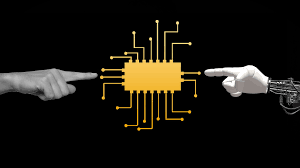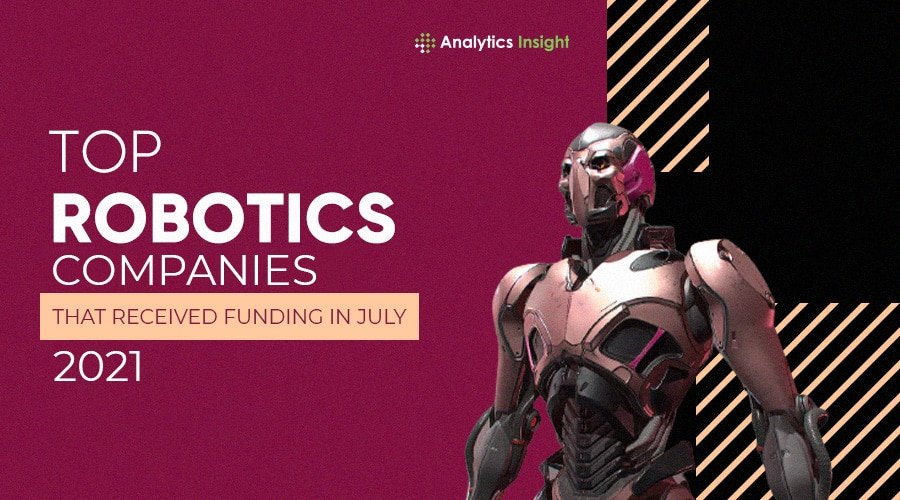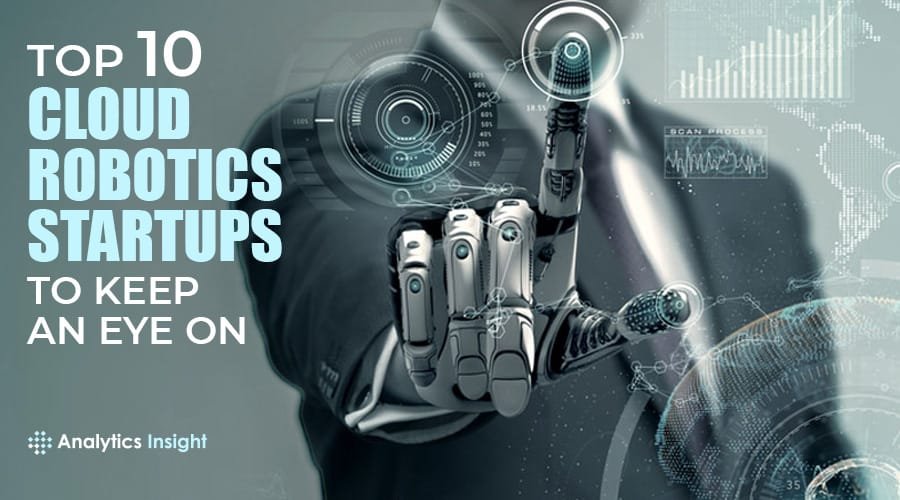Source: analyticsinsight.net
Robotic process automation (RPA) is changing business processes in almost every industry by streamlining data entry and other low-level tasks. Presently the innovation, which populates digital forms in a small amount of the time it takes people to do likewise, is getting a long-overdue upgrade. Progression in machine learning (ML) and artificial intelligence is making businesses ready for intelligent automation (IA), a more brilliant brand of RPA that figures out how to execute entire business processes with context, instead of as a progression of discrete tasks.
However, most companies have much bigger fish to broil than simply keeping operational costs low and bridging technology gaps. Also, with regards to really delivering business results from on-time delivery to income growth or the elusive customer experience, RPA is actually a small piece of a lot bigger picture.
RPA began as a business user-focused domain, however as applications of RPA become all the more high-impact and business-crucial, we begin to see more developer-oriented tools emerging. With these developer tools, RPA execution is becoming to a greater degree a space for software robot developers, not as much for easygoing business users. Software robot developers need to embrace all the accepted procedures of developers, so sharing and reusing code turns into an ordinary method of working.
With broadly available RPA developer tools and cloud orchestration, we will see the start of the next wave of RPA adoption. Small and medium-sized companies will search for approaches to fuse business automation tools however, without their own committed IT employees. A market need will emerge for another service provider: robotics-as-a-service (RaaS) operator. RaaS administrators will guarantee a segment of the market, with certain operators concentrating on explicit verticals and others being general automation service providers.
We as a whole realize that for organizations to be competitive, they have to deliver on customer experience. To deliver on customer experience, they need extraordinary procedures. Furthermore, to arrive at process excellence, you have to really comprehend your procedures, and focus on value-generating activities first and afterwards put resources into the tools that will enable you to identify, remediate and remove the pain points obstructing the smooth running of your company.
This is the place Process Mining comes in. The innovation uses both business information (time-stamped event logs) and user interaction data to deliver a genuine image of what processes really resemble. We’re talking about each progression in some random procedure and all the moves individuals are making in the middle of those steps to make that procedure happen.
That living, breathing, moving snapshot empowers companies to find friction, remove it, and continuously monitor and upgrade the effect of those progressions on your business results. RPA is irrefutably a part of that, streamlining user interaction tasks in the correct spots, places it turns out to be a lot simpler to recognize when you need perceivability over what’s happening in your business. In any case, it’s just one of the numerous tools available to you to accomplish process excellence and implement a fully-integrated and frictionless process and systems landscape.
Sometimes processes should be corrected, optimized, or orchestrated differently over numerous systems or divisions, as opposed to just being automated. Truth be told, process excellence doesn’t really require automation so frequently as you might suspect.
The demand for open-source RPA software is going to increase. With taking everything into account, companies favor open-source solutions since they offer more transparency
and will, in general, be less expensive as companies only need to pay for services.
These improvements favor open-source RPA. What’s more, we are seeing growth in the open-source RPA ecosystem with new organizations being launched. If a revenue-driven organization can build a competitive RPA product, it could guarantee a huge portion of the RPA market. We don’t yet observe such a solution in the market.
After some time, bigger organizations that are as of now utilizing RPA will search for additional approaches to utilize automation tools to be progressively more effective, with the conventional act of outsourcing operational tasks to low-cost regions being supplanted by a wealth of in-house RPA developers. This practice, known as Robosourcing, will see programming robot developers automating work and outsourcing tasks to robots to help improve employee efficiency and increase job satisfaction. RPA simpler and faster to deploy, cognitive automation empowers RPA to use AI and machine learning to extend the scope of procedures it can automate.
The next level of automation will be unlocked when machine learning abilities and artificial intelligence become smart enough to deploy RPA intelligently. In any case, to take a look at automation as the most important thing in the world is to miss the master plan, one where automation is just a single part of achieving process excellence. It’s a section that should be orchestrated with regards to that broader vision, close by different tools that deliver what RPA alone can’t: visibility, intelligent optimization, and a direct impact on overarching business outcomes.


